Good quality manufactured stone veneer looks great, lasts a lifetime, and is incredibly easy to maintain. But it must be installed correctly to ensure moisture doesn’t affect it adversely.
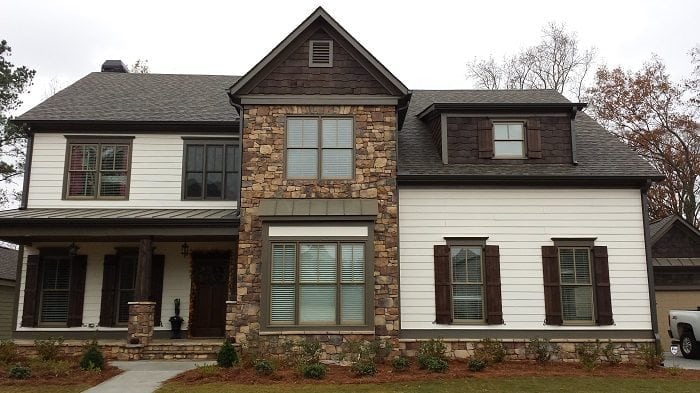
The problem is that most manufactured stone veneer products are porous and so will retain water if they get wet. And if moisture is trapped between the veneer and your drywall or wooden framing it stands a good chance of causing water damage and might even destroy the materials it comes into contact with. Another issue is that you won’t normally be able to see what’s happening behind the manufactured stone. In reality, the veneer will probably continue to look great while the materials behind it deteriorate and may even rot away completely.
What You Need to Know About the Installation of Manufactured Stone Veneer
Unfortunately, the reality is that most manufactured stone products – especially those installed on exterior walls – need to be installed by a professional with the right skills and experience. Enthusiasm is not enough to make a DIY project succeed. For example:
- Cement-based stone veneer products must be laid on a base or foundation of some kind and the installer will need some building skills to do this. For instance, the right concrete mix must be used and it must be placed correctly and allowed to set for enough time before the veneer is laid.
- There must be proper drainage away from the base to prevent any water from seeping between the wall of the house and the new veneer, or worse still pooling between the two layers. You might also need weep-holes.
- Flashing is often installed to lead water away from the wall of the house at the base constructed to support manufactured stone veneer. This must been done properly, preferably by a qualified plumber. The principles are the same as those used for flashing around a chimney that prevents water from seeping into the house. A plumber needs to do this work too.
How to Protect Manufactured Stone Veneer Surfaces
Even when manufactured stone veneer has been correctly installed, it faces the threat of all kinds of weather-related and other damage. These range from water and freeze damage to the accumulation of dirt as well as fungal and algae growth that can stain the surface.
To prevent this, what you need is a product that can be painted onto the surface to repel stains, water, and even oil.
Native Custom Stone, established manufacturers of manufactured stone veneer, has developed a product that does just this. Called Natural Shield, it bonds both mechanically and chemically to a number of substrates including manufactured stone, stucco, brick, paving stones, and even natural stone.
If you are thinking of installing or having manufactured stone veneer installed make sure you take these steps to avoid weather damage to your new wall.
You can also call Native Custom Stone for more information and advice.

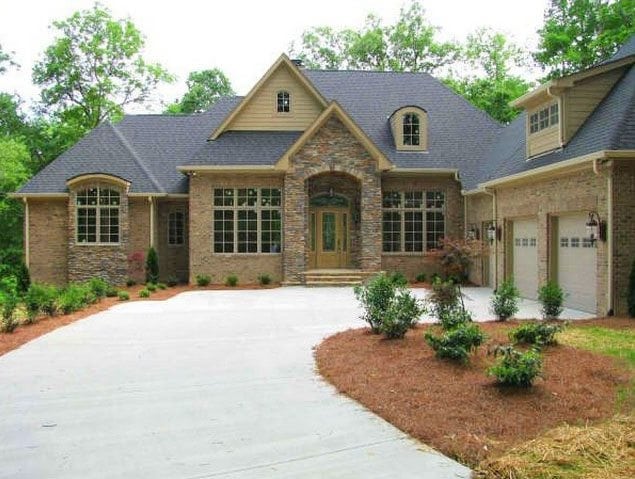

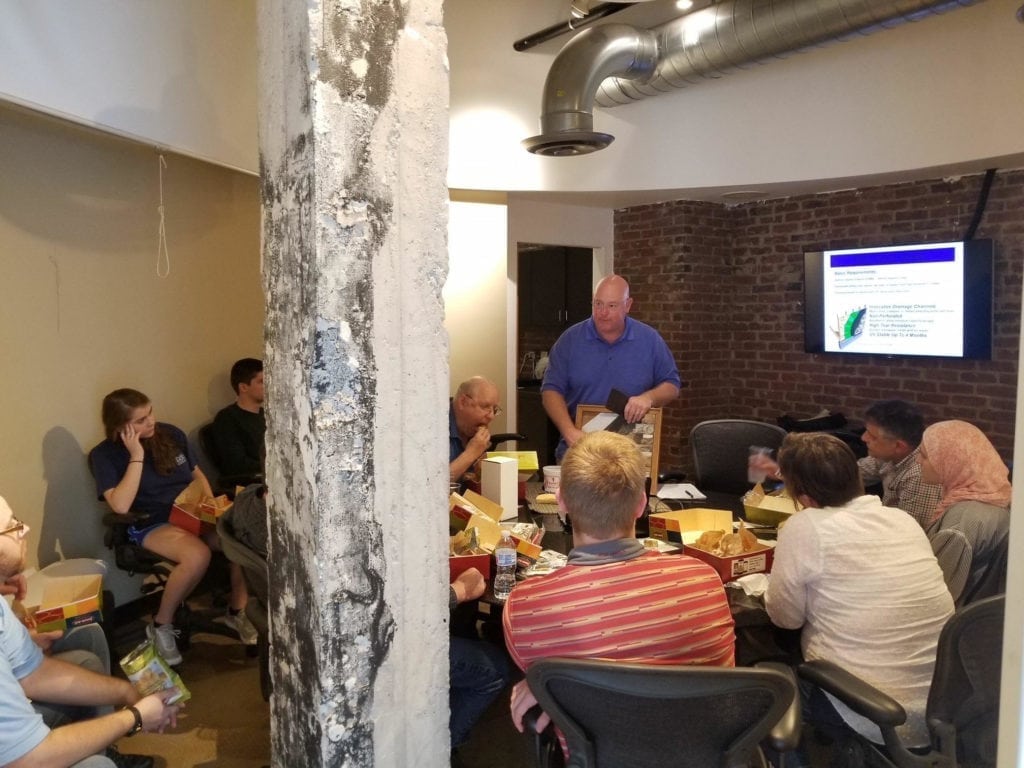

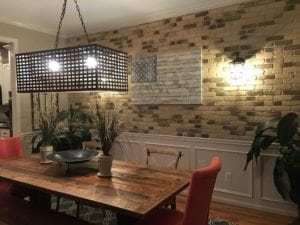
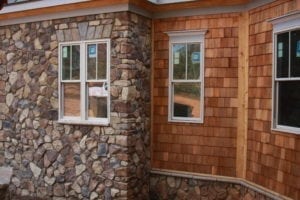
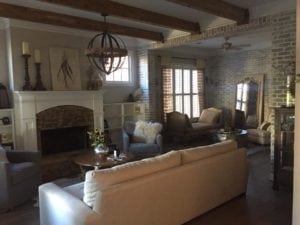
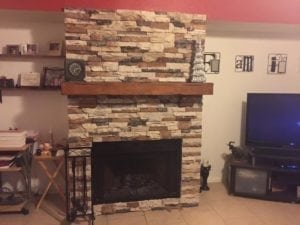


Follow Us!